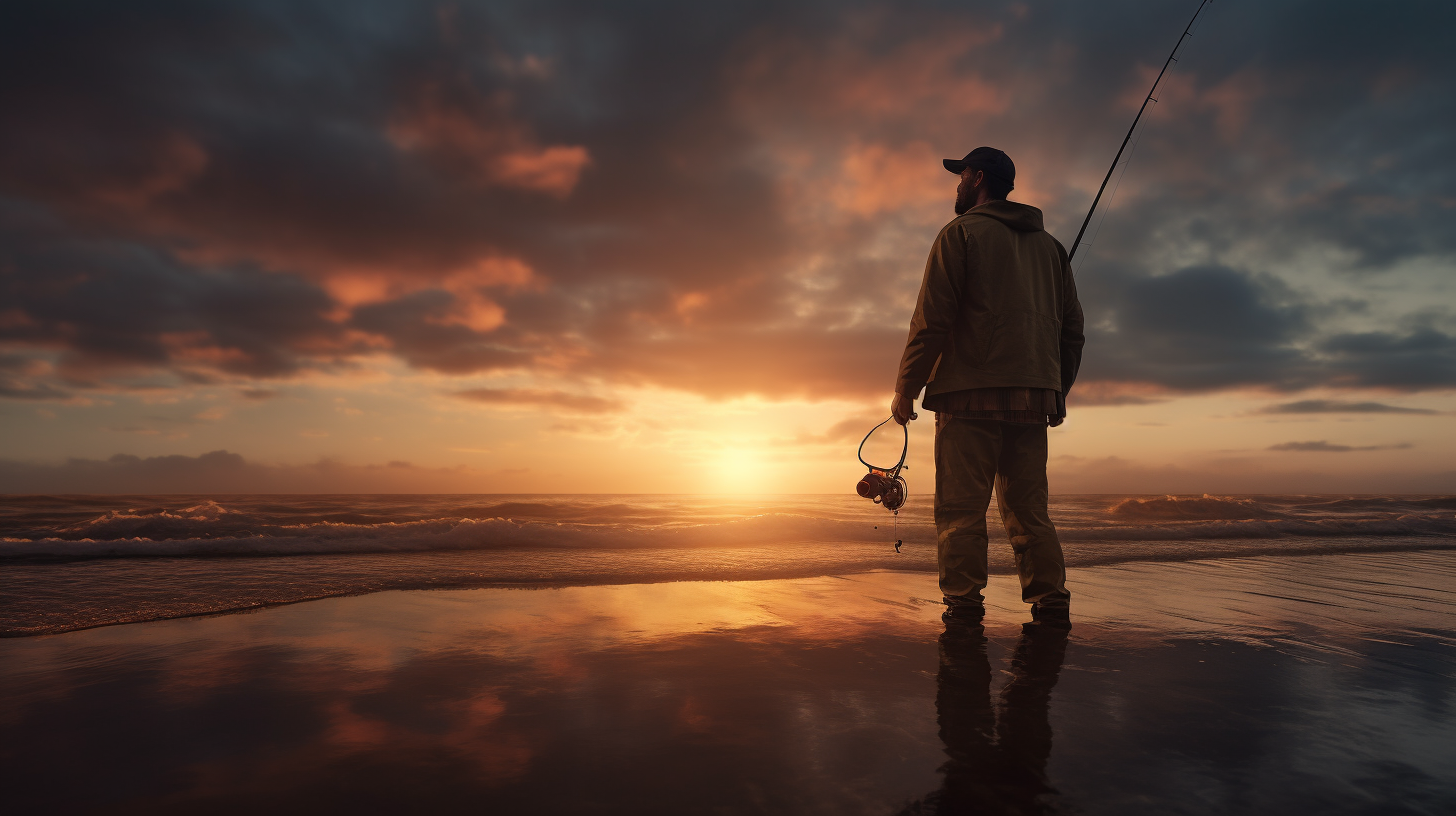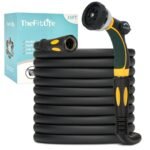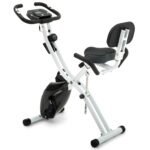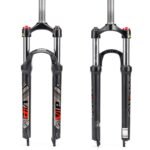Introduction to How to Set Up a Fishing Pole
Hey there, fellow fishing enthusiasts! Are you ready to embark on an exciting fishing adventure while learning how to set up a fishing pole? Well, you’ve come to the right place because in this article, I’m going to teach you how to set up a fishing pole like a pro. Whether you’re a beginner or just need a refresher, I’ve got you covered.
First things first, let’s gather all the necessary equipment. You’ll need a fishing rod, fishing reel, fishing line, hooks, sinkers, and bobbers. Don’t worry, I’ll explain what each of these are and how they play a role in your fishing experience.
Now that we have all the necessary equipment, it’s time to set up your fishing pole. I’ll guide you through each step, from attaching the reel to threading the line and securing the hooks and sinkers. By the end of this article, you’ll have a fully set up fishing pole and be ready to hit the water.
So, grab your gear and let’s dive into the world of fishing. Get ready to experience the thrill of reeling in your first catch and feel the freedom that comes with being out on the open water.
Key Takeaways
- It is important to check local fishing regulations before setting up a fishing pole.
- Selecting the right fishing pole and line based on fishing conditions and target fish is crucial.
- Research fishing hotspots and techniques to increase chances of success.
- Practice casting motion and improve accuracy through wrist movement and timing.
How To Set Up A Fishing Pole
Setting up a fishing pole is a straightforward process. Here’s a step-by-step guide to help you get started:
- Gather your equipment: Before you start, make sure you have all the necessary equipment. You’ll need a fishing pole (rod), fishing line, reel, fishing hooks, sinkers (weights), bobbers (floats), and bait.
- Assemble the rod and reel: Connect the reel to the rod by sliding the reel foot (the bottom part of the reel) into the reel seat (the slot on the rod) until it fits securely. Tighten any screws or fasteners to hold the reel in place.
- Thread the fishing line: Take the end of the fishing line and pass it through the line guides (small rings) starting from the tip of the rod and working your way down towards the reel. The line guides help guide the line along the length of the rod.
- Tie the line to the reel: Once the line is threaded through all the guides, open the bail (a small metal wire on the reel) to expose the spool. Wrap the fishing line around the spool and tie an arbor knot or uni knot to secure it to the spool. Trim any excess line with scissors or a knife.
- Close the bail: After securing the line to the spool, close the bail. Make sure the line is lying smoothly on the spool without any twists or tangles.
- Attach a sinker or weight (optional): If you want to fish at deeper depths, attach a sinker or weight to the end of the line. This will help your bait sink and reach the desired depth in the water.
- Add a fishing hook: Tie the fishing hook to the end of the line using a fishing knot such as the improved clinch knot or Palomar knot. Ensure the knot is tight and secure, so the hook doesn’t come loose while fishing.
- Attach a bobber (optional): If you want to fish at a specific depth and keep your bait suspended, you can attach a bobber to the line above the hook. Slide the bobber onto the line and secure it at your desired depth by using a bobber stopper or by adjusting the line length.
- Bait the hook: Choose the appropriate bait for the type of fish you’re targeting. Common baits include worms, minnows, insects, or artificial lures. Place the bait onto the fishing hook securely.
- Adjust the drag (optional): Many fishing reels have a drag system that allows you to control the amount of tension on the line. Adjust the drag knob to the appropriate setting based on the size of the fish you expect to catch.
Now, your fishing pole is set up and ready for action! Remember to follow local fishing regulations, and always handle fish with care, releasing them if they are not suitable for keeping. Happy fishing!
Gather the Necessary Equipment
You’ll need to gather all the necessary equipment before you can start setting up your fishing pole. First, you should consider the type of fishing pole that suits your needs. There are various fishing pole options available, including spinning rods, baitcasting rods, and fly rods.
Each type has its own advantages and is suitable for different fishing styles. Consider the size and weight of the fishing pole, as well as its flexibility and strength. This will ensure that you have a comfortable and efficient fishing experience.
Read More OutdoorGoodness Articles
Next, you’ll need to choose the right fishing line for your fishing pole. There are different types of fishing lines available, such as monofilament, fluorocarbon, and braided lines. Monofilament lines are versatile and affordable, while fluorocarbon lines are invisible underwater and have a higher abrasion resistance.
Braided lines, on the other hand, have a high strength-to-diameter ratio and are suitable for heavy-duty fishing. Consider the fishing conditions and the type of fish you are targeting when selecting your fishing line.
Now that you have gathered all the necessary equipment, it’s important to check local fishing regulations before you head out. Familiarize yourself with the fishing rules and regulations in your area, such as size and bag limits, seasons, and any special restrictions. This will ensure that you are fishing within the legal limits and help protect the fish population.
Set Up Your Fishing Pole
Once your fishing adventure begins, get your fishing gear ready to cast your line into the water and reel in the thrill of the catch. Setting up your fishing pole is an important step to ensure a successful fishing experience.
There are different types of fishing poles available, each designed for specific fishing techniques. Whether you’re fishing in freshwater or saltwater, it’s crucial to choose the right fishing pole for your needs.
When selecting a fishing pole, consider the type of fish you plan to catch and the fishing technique you’ll be using. There are spinning rods, baitcasting rods, and fly rods, each suited for different fishing styles.
Spinning rods are versatile and easy to use, making them ideal for beginners. Baitcasting rods offer more control and are commonly used for targeting larger fish. Fly rods are used for fly fishing, where the weight of the line is used to cast the fly.
Once you’ve chosen the right fishing pole, it’s time to choose the appropriate fishing line. The fishing line should be strong enough to withstand the weight of the fish you’re targeting. Monofilament lines are popular for their strength and affordability, while braided lines offer increased sensitivity and durability.
Fluorocarbon lines are nearly invisible underwater, making them ideal for clear water fishing. Consider the fishing conditions and the type of fish you’re after when selecting your fishing line.
Now that you’ve set up your fishing pole with the appropriate fishing line, it’s time to learn basic casting techniques.
Learn Basic Casting Techniques
When learning basic casting techniques, it’s crucial to hold the fishing pole correctly. This ensures that you have a firm grip and can control the motion of your cast.
Practice your casting motion repeatedly to develop muscle memory and improve your accuracy.
Lastly, releasing the line at the right moment is essential for achieving a smooth and precise cast.
By mastering these key points, you’ll be well on your way to becoming a skilled angler.
Hold the fishing pole correctly
To ensure a secure grip, it’s essential to hold the fishing pole correctly. Proper grip and hand placement are crucial for maintaining control and maximizing your casting distance. When holding the fishing pole, make sure to place your dominant hand on the handle, with your thumb resting on top. This position allows for a firm grip and better control over the pole. Use your other hand to support the pole just above the reel, ensuring that it is balanced and stable.
In order to convey a deeper understanding of hand placement, let’s take a look at the following table:
| Finger Placement | Description |
|---|---|
| Thumb | Rests on top of the handle for better control and grip. |
| Index Finger | Wraps lightly around the handle, providing additional support. |
| Middle Finger | Rests on the underside of the handle, balancing the pole. |
| Ring Finger | May lightly touch the handle for added stability. |
| Pinky Finger | Can either lightly touch the handle or remain relaxed for comfort. |
By following these hand placement guidelines, you’ll have a secure grip on the fishing pole, allowing for precise control during casting. Now that you have the correct grip, it’s time to practice your casting motion and improve your fishing skills.
Practice your casting motion
Get ready to improve your casting skills by practicing your casting motion! Here are three essential tips to help you improve your casting accuracy and avoid common casting mistakes:
- Focus on your wrist movement: When casting, it’s crucial to have a smooth and controlled wrist movement. Avoid jerking or snapping your wrist, as this can lead to inaccurate casts. Instead, practice a fluid motion that allows for a precise release of the line. By mastering this technique, you’ll be able to cast with greater accuracy and precision.
- Time your forward cast: One common casting mistake is releasing the line too early or too late during the forward cast. To improve your accuracy, pay attention to the timing of your release. Practice timing your forward cast so that the line is released at the right moment, extending your line to the desired distance. With practice, you’ll develop a better sense of timing and improve your casting accuracy.
- Maintain a consistent casting arc: Another common mistake is not maintaining a consistent casting arc. When casting, imagine drawing a smooth arc with your rod tip. Avoid abrupt or uneven movements that can disrupt the flow of your cast. By maintaining a consistent casting arc, you’ll be able to achieve more accurate and controlled casts.
By implementing these three tips, you can improve your casting accuracy and avoid common casting mistakes.
Now, let’s transition into the subsequent section about ‘release the line at the right moment’ to further enhance your fishing skills.
Release the line at the right moment
Now that you’ve practiced your casting motion, it’s time to focus on the next crucial step in setting up your fishing pole: releasing the line at the right moment.
This is where timing becomes essential in mastering the technique of fishing.
Timing the release of the line is crucial because it determines the distance and accuracy of your cast. As you swing your fishing rod forward in a smooth motion, you need to pay attention to the angle and speed at which you release the line.
Too early, and the bait may fall short of your desired spot. Too late, and it may overshoot or tangle up in nearby obstacles. Finding that sweet spot requires practice and a keen eye for the perfect moment to let go.
Mastering the technique of releasing the line at the right moment takes time and patience. It’s a skill that comes with experience and a deep understanding of your fishing gear.
As you continue to practice, pay attention to the feeling of the rod loading up with energy, and the subtle tug of the line as it stretches. With practice, you’ll develop a sense of when to release the line to achieve the desired distance and accuracy.
Now that you’ve learned the art of releasing the line at the right moment, it’s time to move on to the next exciting part of your fishing adventure: enjoying the fruits of your labor.
Enjoy Your Fishing Adventure
Embrace the thrill of your fishing adventure as you cast your line into the vast ocean of possibilities, ready to reel in unforgettable moments. Before you embark on your fishing expedition, it’s crucial to prepare your fishing gear. Start by making sure your fishing pole is in good condition, with the reel securely attached.
Check the line for any tangles or knots, and replace it if necessary. Next, gather your bait, whether it’s live bait or artificial lures, ensuring you have enough to last your entire trip. Don’t forget to pack essential items such as a tackle box, hooks, sinkers, and a fishing net.
By being well-prepared, you can make the most of your fishing adventure and increase your chances of a successful catch.
Finding the best fishing spots is another key aspect of enjoying your fishing adventure. Research and ask local anglers for recommendations on where the fish are biting. Look for areas with underwater structures, such as rocks, reefs, or submerged trees, as these provide hiding spots for fish.
Pay attention to weather conditions, as fish tend to be more active during certain times of the day or under specific weather patterns. Additionally, consider the type of fish you want to catch and their preferred habitats. Whether you choose to fish from a boat or the shore, exploring different locations will enhance your chances of a memorable experience.
Remember, fishing isn’t just about catching fish, but also about immersing yourself in nature, enjoying the tranquility of the water, and experiencing the freedom that only a fishing adventure can bring.
Frequently Asked Questions
What types of fish can I catch with a fishing pole?
With a fishing pole, you can catch a wide variety of fish using various techniques such as casting, trolling, or fly fishing. Popular fishing spots include rivers, lakes, and oceans, where different species thrive.
How do I choose the right fishing line for my fishing pole?
When it comes to choosing fishing line, it’s like picking the perfect partner. You want a line that’s strong, reliable, and flexible. Consider materials like monofilament, fluorocarbon, or braided line for different fishing conditions.
Are there any specific safety precautions I should take while fishing?
When fishing, it’s crucial to prioritize safety. Always wear a life jacket, even if you’re a skilled swimmer. It provides an extra layer of protection and ensures your freedom to enjoy the open water safely.
What is the best time of day to go fishing?
The best time to go fishing depends on whether you prefer morning or evening fishing. In the morning, fish are more active and it’s usually calmer. In the evening, fish come closer to shore. Weather conditions can also affect fishing success, so be mindful of that.
Can I use live bait instead of artificial lures with my fishing pole?
Using live bait effectively is like adding a touch of magic to your fishing experience. It can attract more fish, but has pros and cons. It’s natural and enticing, but requires maintenance and can be messy.
Conclusion
So there you have it, folks! Setting up a fishing pole doesn’t have to be a daunting task. With the right equipment and a little bit of knowledge, you’ll be ready to cast your line and reel in the big one in no time. Remember to always check your local fishing regulations to ensure you’re fishing in compliance with the law.
Once you have your fishing pole set up, it’s important to learn basic casting techniques. Practice your cast in an open area, and soon you’ll be able to hit your target with precision.
And don’t forget to enjoy the whole fishing adventure! Whether you’re fishing solo or with friends, it’s a great way to relax and connect with nature.
So what are you waiting for? Grab your gear, head to your favorite fishing spot, and let the fishing fun begin!

Meet Kevin Goodell, your outdoor adventure coach! With a passion for nature ignited in childhood, Kevin brings a wealth of experience and expertise to simplify tough outdoor skills. As a U.S. Army veteran and former Sergeant, he has honed his leadership and teamwork abilities while developing a deep love for the great outdoors.
Kevin’s dedication to outdoor activities spans biking, birdwatching, national park trips, and archery/golf. With his friendly and approachable demeanor, he is committed to guiding individuals of all ages and skill levels towards unforgettable outdoor experiences.
Harnessing his extensive knowledge and personal achievements, Kevin is your go-to resource for learning and enjoying various outdoor pursuits. Whether you seek thrilling adventures or serene nature escapes, Kevin’s professional yet friendly approach will ensure an engaging and informative experience. Embark on your next outdoor adventure with Kevin Goodell and embrace the beauty of nature like never before.






